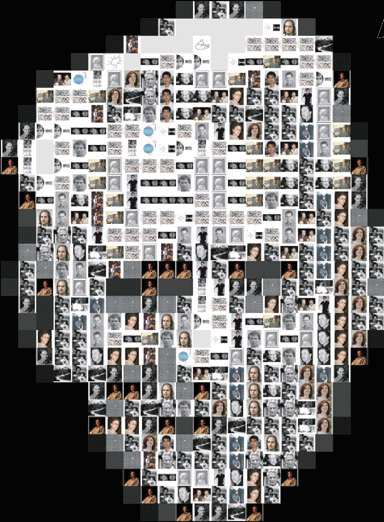Visual Processing of Natural Images:
Theory, Psychophysics, Physiology, & Imaging
Friday & Saturday: April 5 & 6, 2002
University of Minnesota
LOCATION: Basic Sciences & Biomedical Engineering (BSBE
2-101)
Within less than a decade of the birth
of information theory in the late 1940's, a number of scientists proposed
that the theory could provide a link between environmental statistics
and neural processing through efficient coding. In particular, it
was conjectured that the brain's processing of retinal images could
be interpreted in terms of codes that maximized information transfer
about the world despite sensory noise, and that it did this by exploiting
the statistics of natural images. Apart from a handful of subsequent
studies in the following decades, it wasn't until the 1990's that
theoretical developments in statistical modeling and computation were
brought together to analyze high-dimensional image data sets, model
these data, and propose quantiative neural models of visual processing.
Comparison with neural data has shown that several fundamental properties
of the visual system at both retinal and cortical levels can be understood
in terms of adaptation to the statistical properties of the images
received. This symposium brings together interdisciplinary research
representing theoretical, neurophysiological, brain imaging, and psychophysical
approaches to the problem of visual processing of natural images.
Key goals will be the discussion of the bridge between simple and
complex (natural) images, and extensions of the information theoretic
perspective to understanding higher level visual processing.
|
|
Program Organizers: Daniel
Kersten, Sheng He,Gordon Legge, Paul Schrater, Cheryl Olman, Sing-Hang
Cheung, Tom Carlson, Thomas Naselaris, Patty Costello.
NSF/IGERT Program Adminstrator:
Kathleen Clinton
*With additional support from the Center
for Cognitive Sciences, the Graduate School, Institute of Technology,
Medical School, and Supercomputing Institute of the University of Minnesota.
|
